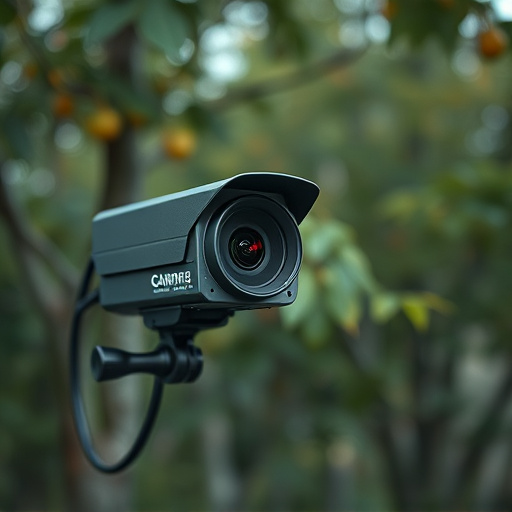Discrete Security Cameras designed for renters offer a private and secure solution, integrating seamlessly as everyday objects like light fixtures. They transmit video signals in unnoticeable packets, avoiding detection. Strategically placed, these cameras allow tenants to privately monitor their spaces, providing peace of mind. To uncover hidden monitoring devices, inspect your space for unusual wiring and use advanced tools like thermal imaging cameras and metal detectors. Renters should prioritize discreet placement, high-quality models with motion detection, and strong cybersecurity measures to enjoy enhanced safety without compromising privacy.
Uncover hidden monitoring devices with these expert tips on discrete security camera signal detection. Learn how to navigate a world where privacy is paramount, especially for renters seeking peace of mind. Understanding the subtle nuances of discrete security cameras empowers you to protect yourself without attracting unwanted attention. This comprehensive guide explores strategies for uncovering hidden signals, best practices for renters, and essential precautions to avoid detection.
- Understanding Discrete Security Camera Signals
- Strategies for Uncovering Hidden Monitoring Devices
- Best Practices for Renters to Avoid Detection
Understanding Discrete Security Camera Signals
Understanding how discrete security cameras operate is crucial, especially for renters who want to ensure their privacy while still maintaining a level of safety. Unlike traditional surveillance systems, these cameras are designed to blend seamlessly into their surroundings, often appearing as ordinary light fixtures or everyday objects. They capture and transmit video signals in discrete packets, making them less detectable by the untrained eye. This subtle approach is ideal for tenants who wish to monitor their spaces without raising unnecessary alarms.
Discrete security cameras for renters offer a unique advantage—the ability to observe potential issues or intrusions without attracting unwanted attention. By understanding the signal detection process, users can strategically place these cameras in hard-to-see areas, further enhancing privacy and security. This technology provides peace of mind, allowing individuals to rent with confidence, knowing their spaces are protected while maintaining a level of discretion.
Strategies for Uncovering Hidden Monitoring Devices
Uncovering hidden monitoring devices requires a combination of technical expertise and keen observation. Since many surveillance systems are designed to be discreet, like Discrete Security Cameras for Renters, they can easily blend into their surroundings. Start by conducting a thorough inspection of your space. Look for any unusual electrical wiring, which could indicate the presence of hidden cameras or audio devices. Pay close attention to walls, ceilings, and doors, as these areas are common hiding spots.
Additionally, utilize advanced tools like thermal imaging cameras and metal detectors to identify potential security devices. Thermal imaging can reveal heat signatures that might not be visible to the naked eye, while metal detectors can detect hidden metals often used in surveillance equipment. Remember, staying proactive and being vigilant are key to spotting these hidden monitoring devices and ensuring your privacy.
Best Practices for Renters to Avoid Detection
If you’re a renter considering using discrete security cameras, it’s crucial to adopt best practices to avoid detection. One effective method is to strategically place cameras in areas that aren’t readily visible, such as behind furniture or inside decorative items. This approach maintains their discreetness while still providing vital surveillance.
Additionally, opt for high-quality cameras with advanced features like motion detection and night vision, which can operate silently, minimizing any electronic interference that could alert others to their presence. Regularly updating firmware and using password-protected networks further enhances security by preventing unauthorized access. By combining discreteness, technological sophistication, and robust cybersecurity measures, renters can effectively use discrete security cameras while maintaining privacy and avoiding detection.
Hidden monitoring devices can pose a significant threat to privacy, but understanding discrete security camera signals and employing strategic tactics can help renters stay one step ahead. By familiarizing themselves with unique signal patterns and implementing best practices, individuals can protect their personal spaces from covert surveillance. Staying vigilant and adopting these detection tips is key to maintaining a safe and private environment, especially in situations where renters might be more vulnerable to hidden camera setups.
